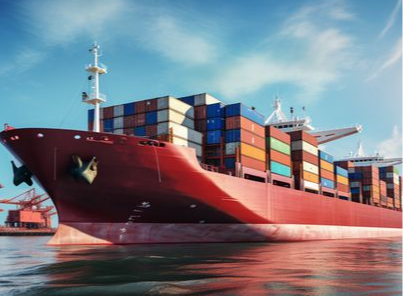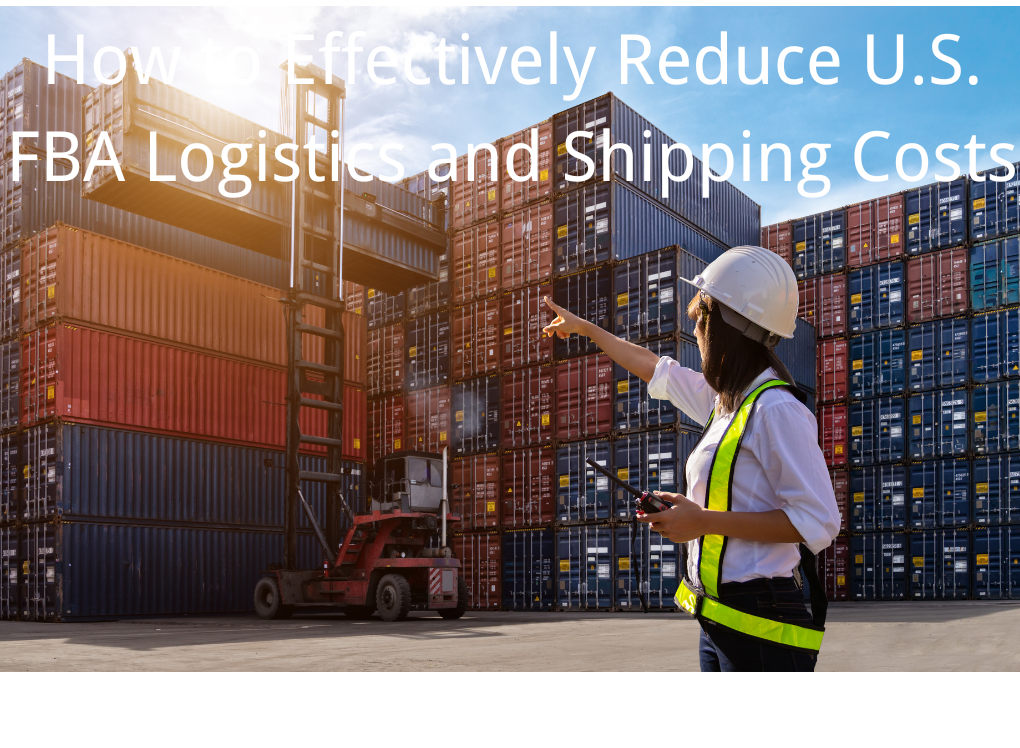FBA LCL Quote
FBA 40HQ FCL Quote
In the complex world of logistics and shipping, the roles of various entities often overlap, leading to potential confusion. Among the key players are Non-Vessel Operating Common Carriers (NVOCCs) and Freight Forwarders. Both entities play crucial roles in the global transportation of goods, but their functions and responsibilities differ significantly.
Definition of NVOCC
An NVOCC, or Non-Vessel Operating Common Carrier, is an intermediary that provides ocean freight services without operating the vessels themselves. Essentially, NVOCCs consolidate smaller shipments into full container loads, which they book with shipping lines. In turn, they issue their own bills of lading to the shippers, indicating the receipt of the goods and the terms of transport. NVOCCs can act as carriers even though they do not own ships; they lease space from actual vessel operators and resell it to shippers.
Responsibilities and Functions of NVOCCs
NVOCCs play a pivotal role by bridging the gap between shippers and vessel operators. They have the authority to issue bills of lading, which serve as proof that the cargo has been received and will be transported as per the agreed terms. By consolidating shipments, NVOCCs can often secure better shipping rates due to the volume of cargo they manage, making them a cost-effective solution for many shippers.
Understanding Freight Forwarders
In contrast, a Freight Forwarder is more of a comprehensive service provider in logistics. Freight Forwarders organize the shipment of goods from point A to point B on behalf of the cargo owner. They can arrange the entire logistics process, including air, sea, and inland transportation, customs clearance, and warehousing. Unlike NVOCCs, Freight Forwarders do not issue their own bills of lading but manage the shipping documentation required, coordinate with various transportation modes, and ensure that regulatory compliance is met.
Key Differences Between NVOCCs and Freight Forwarders
1. Issuance of Bills of Lading:
- - NVOCCs issue their own bills of lading, taking on carrier responsibilities.
- - Freight Forwarders do not issue their own bills; instead, they handle the documentation and logistics coordination.
2. Legal Status and Carrier Responsibility:
- - NVOCCs act as carriers, even though they do not own vessels. They lease space and sell portions of it to shippers, assuming liability for the cargo during transit.
- - Freight Forwarders are intermediaries that facilitate the movement of goods. Their role is more about organizing and managing logistics rather than assuming carrier responsibilities.
3. Service Scope:
- - NVOCCs focus primarily on ocean freight services, consolidating shipments to take advantage of economies of scale.
- - Freight Forwarders offer a broader range of services, covering all aspects of shipping logistics, from air and ocean freight to inland transportation, customs clearance, and warehousing.
Conclusion
Understanding the distinct roles of NVOCCs and Freight Forwarders is crucial for businesses navigating the global shipping landscape. While both entities facilitate the transportation of goods across borders, their responsibilities and levels of involvement differ significantly. NVOCCs function as carriers with a specific focus on ocean freight consolidation, while Freight Forwarders provide comprehensive logistics services, managing every detail of the supply chain.
By leveraging the strengths of both NVOCCs and Freight Forwarders, shippers can optimize their logistics strategies, ensuring efficient, cost-effective, and reliable delivery of goods worldwide.



